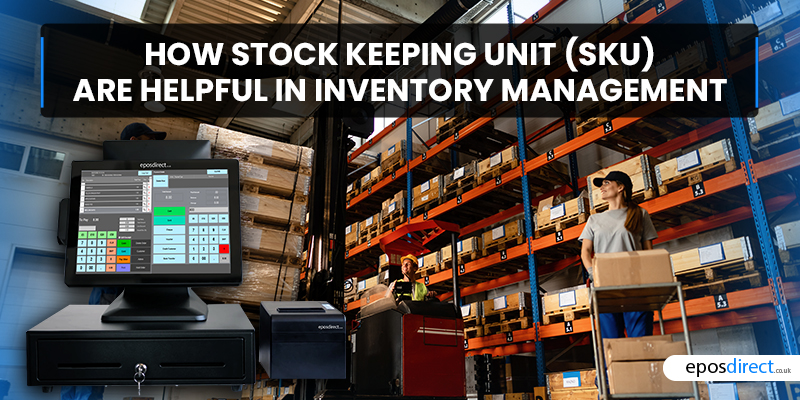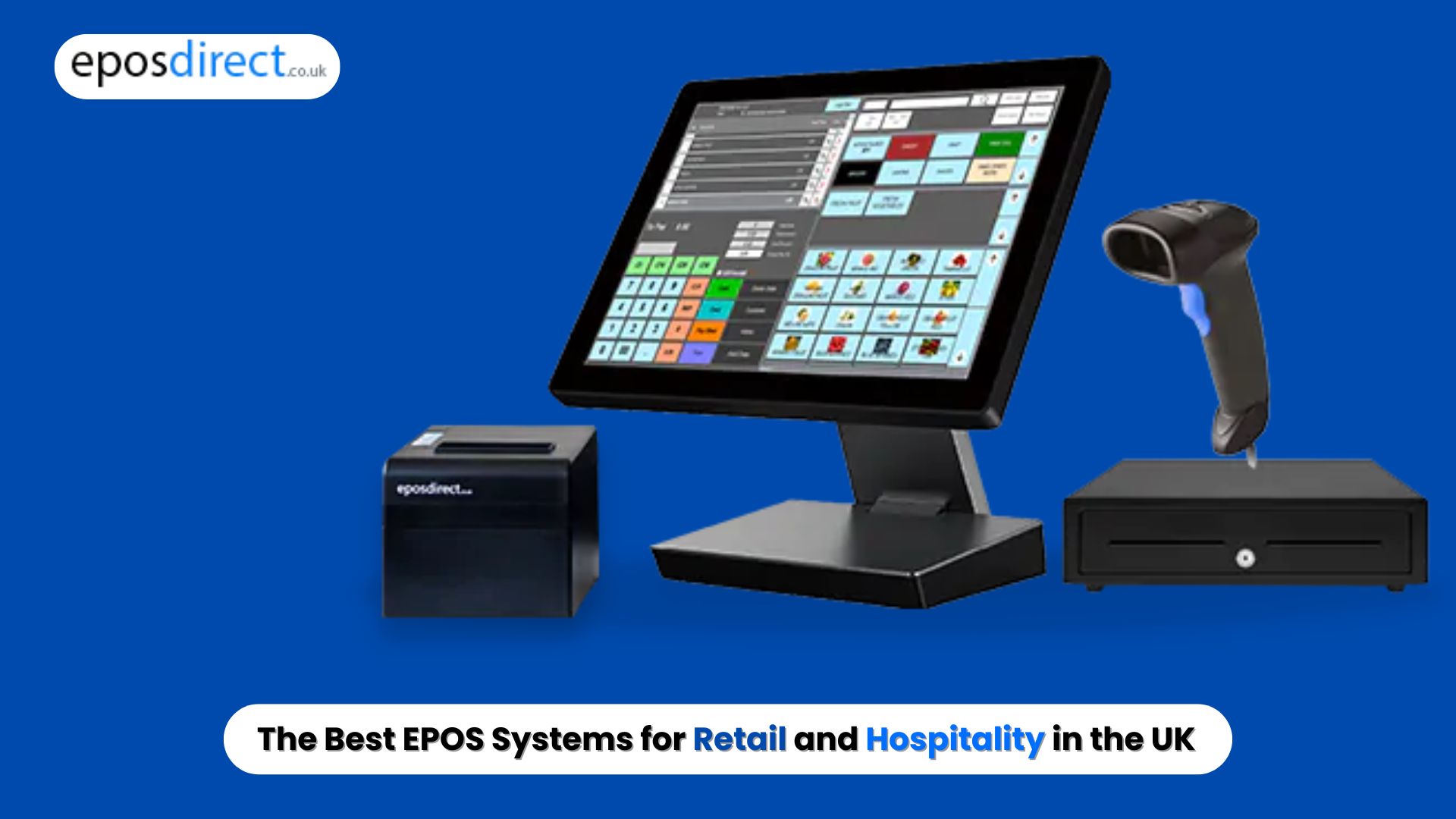We use cookies to make your experience better.
To comply with the new e-Privacy directive, you agree to the privacy policy and our use of cookies
How Stock Keeping Unit (SKU) Are Helpful In Inventory Management

Stock-keeping units (SKUs) are not just a bunch of random letters in an inventory list; they are the backbone of efficient inventory management. In the busy world of retail and warehousing, SKUs serve as important identifiers that help businesses track, manage, and optimise their inventory. Understanding the nuances of SKUs can help you streamline your operations and improve profitability.
What is a Stock Keeping Unit (SKU)?
SKUs typically consist of a combination of alphanumeric characters that are eight or more characters long. Each string is carefully crafted to contain specific information about the product, such as the manufacturer, brand, style, colour, and size.
The Importance of SKUs in Inventory Management
- Improve Inventory Accuracy
SKUs provide a way to accurately track every item in your inventory, regardless of the size of your inventory or the assortment of products. SKUs allow businesses to monitor inventory levels in real-time, reducing the chance of errors that can occur when manually counting or identifying products. This accuracy is crucial for maintaining proper inventory levels and ensuring popular products are always available while avoiding overstocking slow-moving items.
- Improved Order Fulfillment
Efficient order fulfilment is key to customer satisfaction, and SKUs make it easier to select the right product, pack it, and ship it to customers. Using SKUs, warehouse personnel can quickly find the exact item needed, speeding up the order fulfilment process and reducing errors. It not only improves customer satisfaction but also streamlines operations, saving time and money.
- Detailed Sales Analysis
SKUs allow businesses to collect detailed data on which products sell best, which promotions are effective, and when certain products become more popular. This data is invaluable for making informed decisions about inventory, marketing strategies, and pricing. It also helps identify trends and prepare for seasonal changes to ensure inventory is always up to date with consumer demand.
- Simplify Inventory Management Across All Channels
For businesses that sell across multiple channels, SKUs are essential: online, in-store, and through catalogues. They help maintain consistency across platforms, ensuring that inventory levels are synchronised and product information is consistent. It is especially important in an omnichannel retail environment, where the customer experience must be seamless no matter where or how they buy.
- Improved Supplier Relationships And Increased Order Accuracy
When placing orders with suppliers, using SKUs helps to avoid confusion about product specifications. This precision makes communication clear and easy, preventing ordering errors and improving supplier relationships. SKUs also simplify the process of receiving and verifying new inventory, because items can be immediately inspected and added to inventory.
What Is The Difference Between SKUs And Stock?
Although SKUs and "stock" are sometimes used interchangeably, they refer to different aspects of inventory management.
SKUs are used to track and manage inventory at a granular level. They help differentiate between products with similar characteristics and organise storage systems. Inventory, on the other hand, refers to the number of goods available. It represents the physical number of products in a warehouse and is very important for fulfilling orders and planning purchases.
Moreover, each SKU is unique to a particular product and provides more information about the product. It is used for sales tracking, inventory control systems, and analytics. Inventory, on the other hand, indicates the availability of products. Inventory management is important to avoid stock-outs and overstocks that can impact sales and storage costs.
Effective SKU Management: Tips for optimising your inventory system
- Standardise SKU Creation
Develop a standard method for creating SKUs that can be applied consistently to all products. This standardisation should reflect meaningful product attributes such as type, size, colour, and style. A consistent approach not only simplifies the administrative process but also reduces the risk of errors in data entry and reporting.
- Keep Your Skus Simple and Intuitive
Encoding detailed information into your SKUs is important, but making the code too complex can lead to confusion and inefficiency. Aim for a balance where your SKUs are detailed enough to be useful but simple enough that all team members can easily understand them. Avoid unnecessary complexity that doesn't add value to your inventory management process.
- Use SKU Management Software
Invest in robust inventory management software that supports SKU tracking. Such a tool allows you to automate many aspects of inventory management, from updating stock levels to generating reports on product performance. Good software helps you track your inventory in real-time and make informed decisions based on accurate data.
- Review and Audit Your SKUs Regularly
Review and audit your SKU system regularly to ensure it continues to meet business needs. It includes checking for outdated or redundant SKUs and ensuring all active SKUs are properly configured and used. Regular audits help avoid inventory discrepancies and maintain the efficiency of your system as your products evolve.
- Integrate Skus Across All Channels
If you operate across multiple sales channels, make sure your SKU system is integrated and consistent across all channels. This integration ensures that inventory levels are accurately tracked regardless of the point of sale, which is important for maintaining service levels and avoiding stock-outs and overstocks.
Conclusion
Effective SKU management is essential for retail and warehousing success. With the right strategy and technology, companies can turn their SKU systems into powerful market analysis and inventory management tools.







